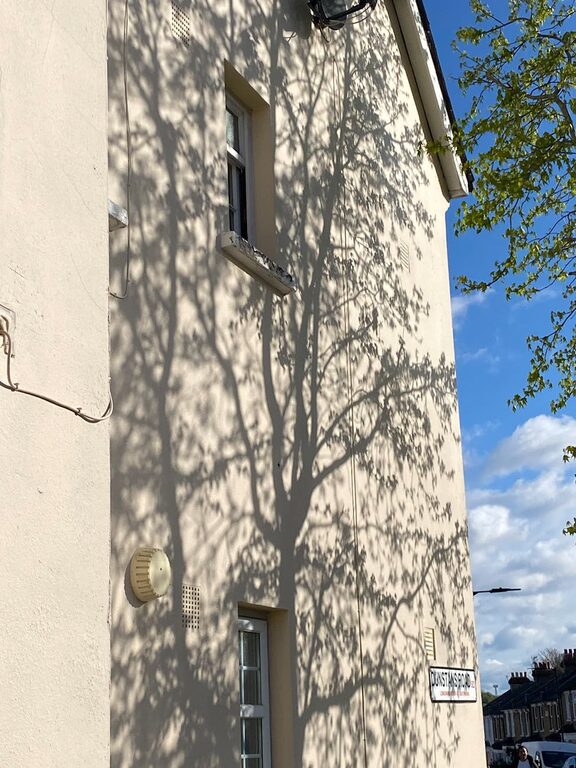Taking great photos with your phone can be incredibly rewarding and fun. Whether you want to capture a beautiful sunset, a family moment, or just everyday life, improving your phone photography skills can help you create pictures you’ll love to share and keep. If you are new to phone photography or want to improve your skills, this guide provides beginner-friendly tips that anyone can follow.
Understand Your Phone Camera Basics
Every phone camera is a bit different, but most share similar features. Start by exploring your phone’s camera app and settings:
– Resolution and aspect ratio: Choose a high resolution for the best quality photos.
– Grid lines: Enable grid lines to help compose balanced shots using the rule of thirds.
– Focus: Tap on your subject on the screen to focus and adjust exposure.
Knowing these basics can help you make the most of your camera.
Keep Your Lens Clean
A simple but often overlooked tip: clean your phone lens regularly. Because phones are handled all the time, the lens can get smudged or dusty, causing blurry or hazy photos. Use a soft microfiber cloth to gently wipe the lens before taking photos.
Use Natural Light Whenever Possible
Lighting is one of the most important factors in photography.
– Avoid harsh midday sun: It creates strong shadows and bright spots. Early morning or late afternoon light is softer and warmer.
– Face the light: Position yourself so your subject is well lit from the front or side rather than backlit unless you are aiming for a silhouette effect.
– Avoid using the phone’s flash: The built-in flash often produces harsh and unflattering light.
Using natural light can dramatically improve your photos’ look and feel.
Hold Your Phone Steady
Shaky hands can cause blurry photos, especially in low light.
– Use both hands to hold your phone.
– Brace your elbows against your body for extra stability.
– If possible, rest your phone on a stable surface or use a tripod designed for smartphones.
– Use the volume button or earphone button to snap photos instead of tapping the screen to minimize shake.
Compose Thoughtfully with the Rule of Thirds
The rule of thirds helps create balanced and visually appealing photos.
– Imagine two vertical and two horizontal lines dividing your screen into nine equal parts.
– Place key elements along these lines or where they intersect.
– This technique draws the viewer’s eye naturally to important parts of your photo.
Try turning on the grid lines in your camera app to use this guide.
Experiment with Angles and Perspectives
Don’t just shoot everything from eye level. Changing your angle can add interest and creativity.
– Get low to the ground for unique perspectives.
– Shoot from above for flat laying or overhead shots.
– Try close-ups to capture details or textures.
– Move around your subject to find the best background and lighting.
Being curious and playful with angles helps produce standout photos.
Avoid Digital Zoom
Digital zoom reduces image quality by cropping and enlarging the photo. Instead:
– Move closer to your subject when possible.
– Use your phone’s optical zoom if it has one (on multi-lens phones).
– Crop the photo later using editing apps while maintaining quality.
Keeping photos sharp and clear is easier without digital zoom.
Use Editing Apps to Enhance Your Photos
Editing can transform good photos into great ones. Some beginner-friendly apps include Snapseed, VSCO, and Lightroom Mobile. Basic edits include:
– Adjusting brightness, contrast, and saturation.
– Cropping and straightening images.
– Applying filters carefully without overdoing it.
Editing enhances your creative control and helps you develop your photography style.
Practice, Practice, Practice
Like any skill, your phone photography improves with practice.
– Take photos daily to experiment with light, composition, and subjects.
– Review your pictures to see what works and what can improve.
– Learn from others by browsing photography communities online.
The more you practice, the more confident and creative you’ll become.
Bonus Tips for Better Phone Photos
– Clean backgrounds help your subject stand out.
– Use portrait mode for beautiful background blur.
– Avoid cluttered or distracting backgrounds.
– Take multiple shots to get the perfect picture.
– Turn on HDR mode to capture more detail in bright and dark areas.
Conclusion
Getting better at phone photography doesn’t require expensive gear or complicated techniques. By understanding your phone camera, paying attention to lighting and composition, keeping your lens clean, and practicing regularly, you’ll be amazed at the quality of photos you can create. So grab your phone and start snapping with these beginner tips in mind—your photography journey starts now!

